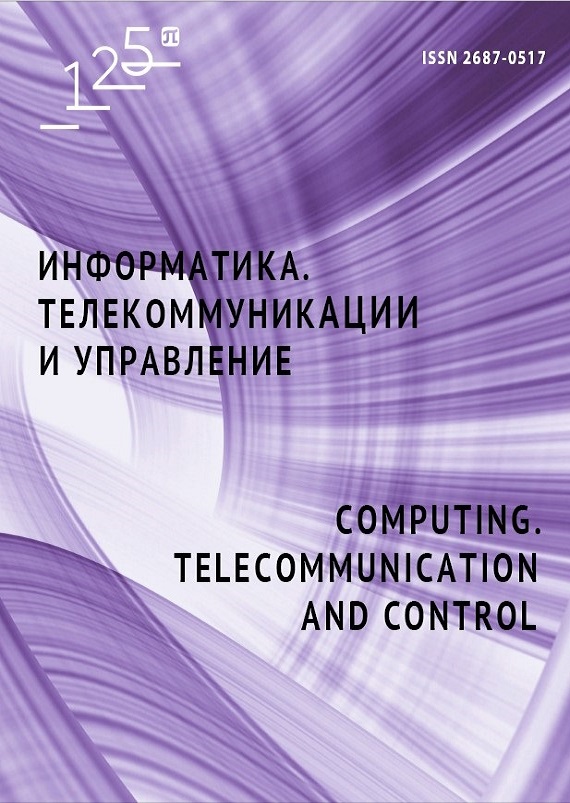Analysis of spiking recurrent neural networks dynamics in context of pattern recognition problem
The article presents the analysis of current models and learning algorithms of recurrent neural networks (RNN). The model of spiking RNN is consideredwithin the new paradigm of reservoir computing (RC). This model was first introduced in 2006 by Maass and is called the liquid state machine (LSM). The main idea of RC is to construct a random recurrent topology and train only a single linear readout layer. A spiking neural network consists of biologically realistic models of spiking neurons and chemical synapses. Analysis of mathematical model of RNN continues with building a hierarchy of its main parameters and their classification by different groups. The main problem solved with the LSM is dynamic pattern recognition. Several measures of reservoir quality are introduced for solving this problem,. After that, an experimental study has been carried out to assess the influence of all parameters of model on the dynamics, behavior and properties of the RNN. Results of this study are used to build the procedure of synthesis of pulsed RNN for the problem of pattern recognition. The final part of the article demonstrates using the proposed procedure for solving a simple problem of dynamic pattern classification. It is shown that it can simplify synthesis and help to improve the quality of pattern recognition.


